Published:
Security has always been important, but the cost of living crisis and other factors are causing people to wonder just how high they can raise their fence. Since there are a variety of fence options available to homeowners and property managers, and each type of fence has its own specific height requirements, we’ve put together a guide on fence heights in the UK.
In this blog post, Alexandra Security takes a closer look at standard fence heights for palisade, mesh, and anti-climb fences in the UK, so that you can ensure that your fence is both functional and compliant with local regulations.
At Alexandra Security, we take their safety very seriously. With over 35 years of experience, we know the importance of perimeter security and have worked with many schools all over the UK. So we have put together this guide on why school security fencing is important. We’ve also outlined the best school fence options, so you can consider what is best for yours.
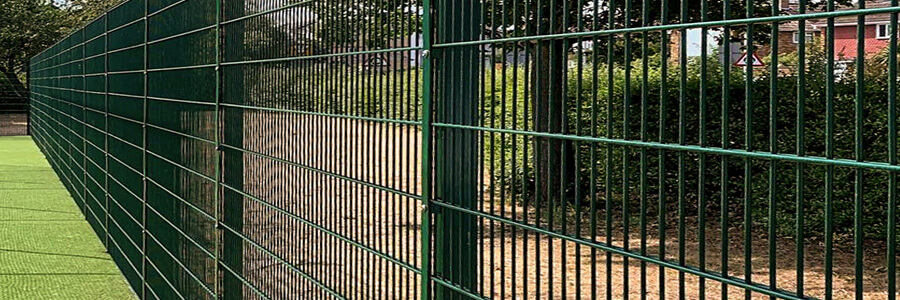
What Does The Law Say About Fences in the UK?
In the UK, the laws surrounding fences are primarily governed by the Party Wall Act 1996. Under this act, if a property owner wishes to build a new fence on or near the boundary between two properties, or to make alterations to an existing one, they must give written notice to their neighbours. So if you want to raise the height of your fence, you will need the agreement of your neighbours, as they have the right to object to the proposed work. If an agreement cannot be reached, the matter may need to be resolved through mediation or a formal court process.
Additionally, the Building Regulations 2010 also set out specific requirements for the construction of fences and walls, such as height and structural requirements. Here are the main requirements that The Building Regulations 2010 set out:
- Height: Fences cannot exceed 2 meters in height on a side that faces a highway, and 1 meter on the side facing a neighbouring garden.
- Materials: Fences should be constructed from durable materials appropriate for their location.
- Structural requirements: Fences must be built to a sufficient standard to ensure they are stable and not likely to collapse.
- Weather resistance: Fences should be built to withstand weather conditions common in their location.
- Fire safety: Fences must be constructed in such a way as to prevent the spread of fire.
- Maintenance access: They should be built in such a way that they can be easily accessed for maintenance and repair.
- Drainage: Water run-off should be directed away from buildings.
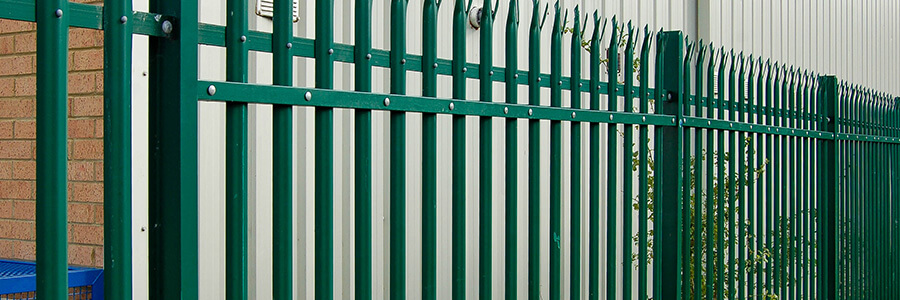
Standard Fence Height For Palisade Fences
In the UK, standard palisade fence heights range from 1.2 to 2 metres, reaching up to 3 metres. This provides a good level of security and privacy while also allowing for good visibility, which is also important for safety.
Palisade fences, also known as picket fences, are a popular choice for residential properties. These fences are typically made from steel or wood, and are characterized by their vertical slats or “pickets.”
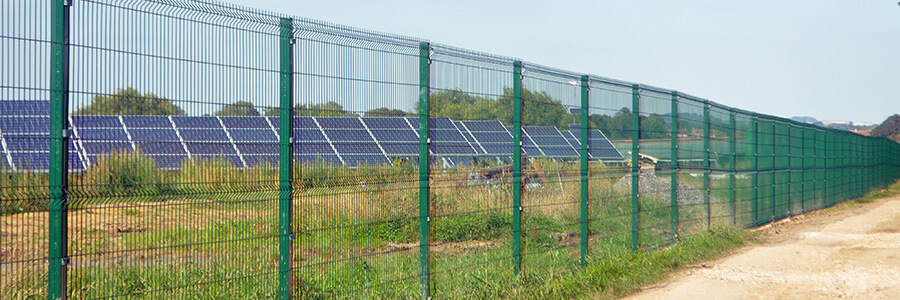
Standard Fence Height For Mesh Fences
In the UK, standard mesh fence heights range from 1.2 to 2.4 metres, with up to 3 metre fences being availaible.
Mesh fences, also known as chain link fences, are another popular choice for residential and commercial properties. These fences are made from a series of interlocking metal wires and are commonly used to secure gardens, parks, and other open spaces.
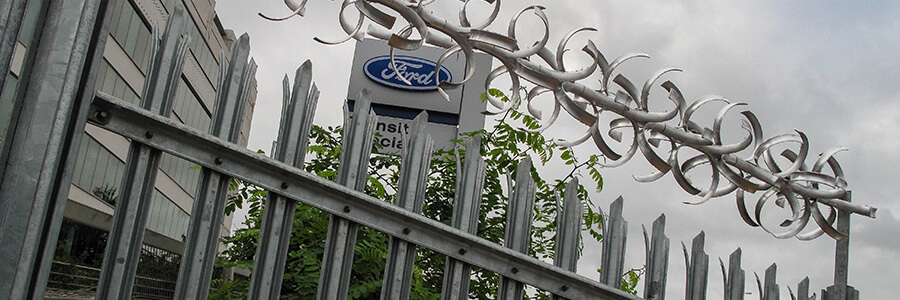
Standard Fence Height For Anti-Climb Fences
Anti-climb fences, also known as security fences, are designed to prevent intruders from climbing over the fence. These fences have a unique design that makes it difficult for individuals to gain a foothold. In the UK, standard anti-climb fence heights range from 2 to 3 metres. This provides a very high level of security and privacy while still allowing for good visibility.
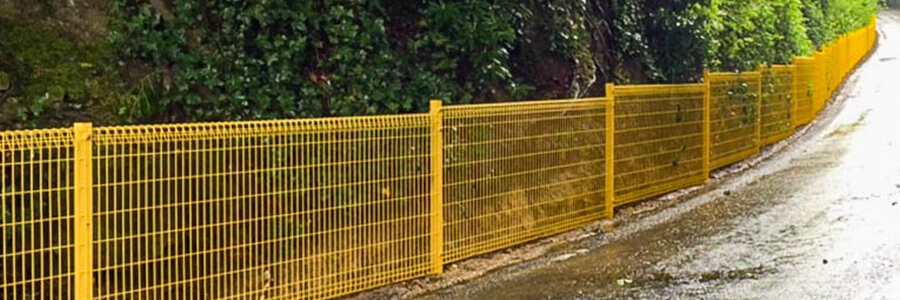
Are There Maximum and Minimum Fence Heights?
In the United Kingdom, there are no specific regulations regarding maximum and minimum fence heights. However, it’s important to note that local authorities may have their own guidelines, so it’s important to check with your local council before installing a new fence. Additionally, if you live in a conservation area or an area of outstanding natural beauty, you may be required to obtain planning permission before installing a new fence.


